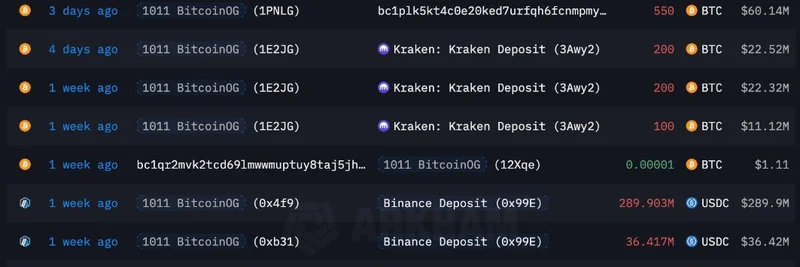Hey there, meme enthusiasts and blockchain buffs! If you're knee-deep in the world of meme tokens, you've probably heard the buzz about Layer 2 solutions on Ethereum. These are essentially add-on networks that help scale Ethereum by handling transactions off the main chain, making things faster and cheaper. Well, a recent post on X from Omar Zahar (@Ozhar) has got the community talking about ZKsync's latest upgrade, Atlas. Let's break it down and see why this could be a big deal for meme tokens.
What Exactly is the ZKsync Atlas Upgrade?
ZKsync is a popular Layer 2 (L2) protocol that uses zero-knowledge (ZK) proofs—fancy tech that verifies transactions without revealing all the details, keeping things private and efficient. The Atlas upgrade, as detailed in a Mirror article by ZKsync's founder Alex Gluchowski, cranks things up a notch. We're talking over 15,000 transactions per second (TPS), one-second ZK finality (that's when transactions are locked in for good), and fees so low they're practically zero—around $0.0001 per ERC20 token transfer.
But it's not just about speed and cost. Atlas introduces seamless interoperability between L2 chains and Ethereum's mainnet (L1). This means L2 projects can now dip directly into Ethereum's massive liquidity pools without the usual hassles. No more fragmented markets or high bridging costs. As Omar puts it in his post, this shifts the focus from "vanity TVL" (Total Value Locked, which is basically how much money is stashed in a protocol) to real revenue and efficiency.
Solving the Cold-Start Problem for New L2 Chains
Launching a new L2 chain has always been tricky. You need developers, apps, and users, but without liquidity, it's like throwing a party with no drinks—nobody sticks around. Traditionally, teams resort to yield farming, dangling rewards to attract "mercenaries" who jump ship once the incentives dry up. Atlas changes the game by enabling fast L2-to-L1 and L2-to-L2 connections.
Imagine bootstrapping a meme token on a fresh ZKsync-powered chain. Instead of building liquidity from scratch, you can tap into Ethereum's DeFi giants like Uniswap or Aave right away. This "cold-start" fix, as Omar describes, lets projects prioritize building cool stuff over marketing gimmicks. For meme tokens, which thrive on hype and quick trades, this means smoother launches, lower slippage (that's when prices move against you during a trade), and more organic growth.
Why This Matters for Meme Tokens
Meme tokens are all about community, virality, and accessibility. High gas fees on Ethereum mainnet have pushed many to L2s, but liquidity fragmentation has been a pain point. With Atlas, ZKsync chains become "composable extensions" of Ethereum, not isolated silos. Traders can swap meme coins across layers without losing out on deep liquidity pools.
Plus, the upgrade's enterprise-friendly features—like private L2s (called Prividiums)—open doors for institutional involvement. Think tokenized real-world assets (RWAs) mingling with your favorite dog-themed tokens. And with Vitalik Buterin himself calling ZK tech "underrated" in a recent endorsement, the ZK token surged over 50%, signaling market excitement.
ZKsync's not stopping at public chains; it's eyeing payments, tokenized funds, and more. Demos of the Interop SDK are dropping soon, showing real-world L2-to-L1 action.
Looking Ahead: A Brighter Future for Meme Ecosystems
In a nutshell, ZKsync Atlas isn't just an upgrade—it's a rethink of how L2s operate. By bridging the gap to Ethereum's liquidity, it empowers meme token creators to focus on fun, innovation, and community without the financial headaches. If you're building or trading memes, keep an eye on ZKsync. This could be the 10x differentiator Omar's raving about.
For more on the tech, check out the official ZKsync site. What's your take—will Atlas spawn the next big meme wave? Drop your thoughts in the comments!


